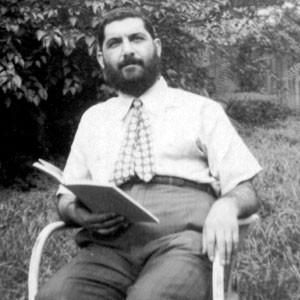2004
1. Ruzhin Niggun
Community singing, Tish for the 15th of Shevat, "Tiferet Yisra'el' Yeshiva, Jerusalem, 2 February 1988.
An ancient niggun of devequt, already being sung during the lifetime of R. Israel of Ruzhin (1796-1850). Sung today at the "courts" of the dynasties descended from Ruzhin, such as Boyan, Sadegora, Bohush, and Kopitshnitz. At Boyan, as in this recording, it used to be the first niggun sung at the Tish on Sabbaths and festivals. Over the last decade it has lost this primary role in favor of other niggunim. Nevertheless, it is still generally the opening tune in the "Yortsayt Tish" of the Boyan Tsaddikim (that is, the Tish on the anniversaries of their deaths) and in the Tish for the minor festivals of Hanukkah, 15th of Shevat, Purim or Lag ba-Omer. It is also sung at wedding ceremonies as the bride encircles the groom. A fast version of the niggun used to be sung to the words of the liturgical poem "Amar adonay le-Ya'aqov" ("The Lord said to Jacob") at the Melave Malke meal on Saturday night. Some still sing it on that occasion today, and some ba'alei tefillah sing it in the Hallel prayer to the words "Ana adonay hoshi'ah na''.
The niggun is also known in Vizhnitz communities. Y. Ungar (b. 1939), the Vizhnitz "court composer" in Benei Berak, remembered that it had been sung at the yortsayt-Tish of the Rebbe of Ruzhin (father-in-law of the founder of the Vizhnitz dynasty, R. Menahem Mendel Hager). Occasionally it is also sung at the "reception" held for the groom before the huppah. The Siret-Vizhnitz Hasidim in Haifa often sing it, especially at gatherings on Friday night after the Rebbe's Tish. This gathering, which is not attended by the Rebbe, is known as "Der tsveyter Tish" (= the second Tish) or "bote."
This recording illustrates the unique performing abilities of the Boyaner Hasidim. The Rebbe, who determines the order of niggunim at the Tish, gives the sign for the choir to begin singing the niggun, and the Hasidim join in immediately after the first notes. While singing, the Hasidim carefully follow the Rebbe's movements, as he sometimes functions as a kind of "conductor." Hence the wonderful conclusion of the niggun, which resembles the conclusion of a trained choir faithfully following the conductor's baton. The constantly rising pitch is also a characteristic feature of the song of Boyaner Hasidim.






